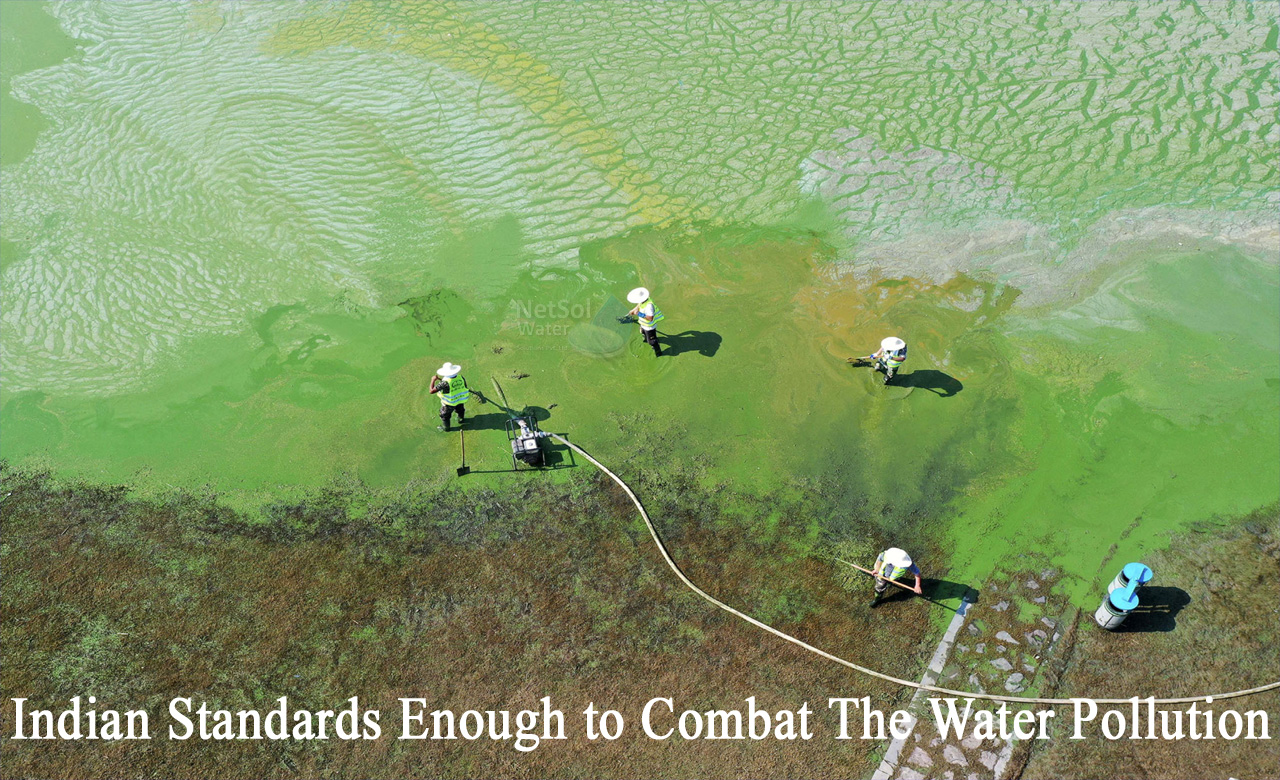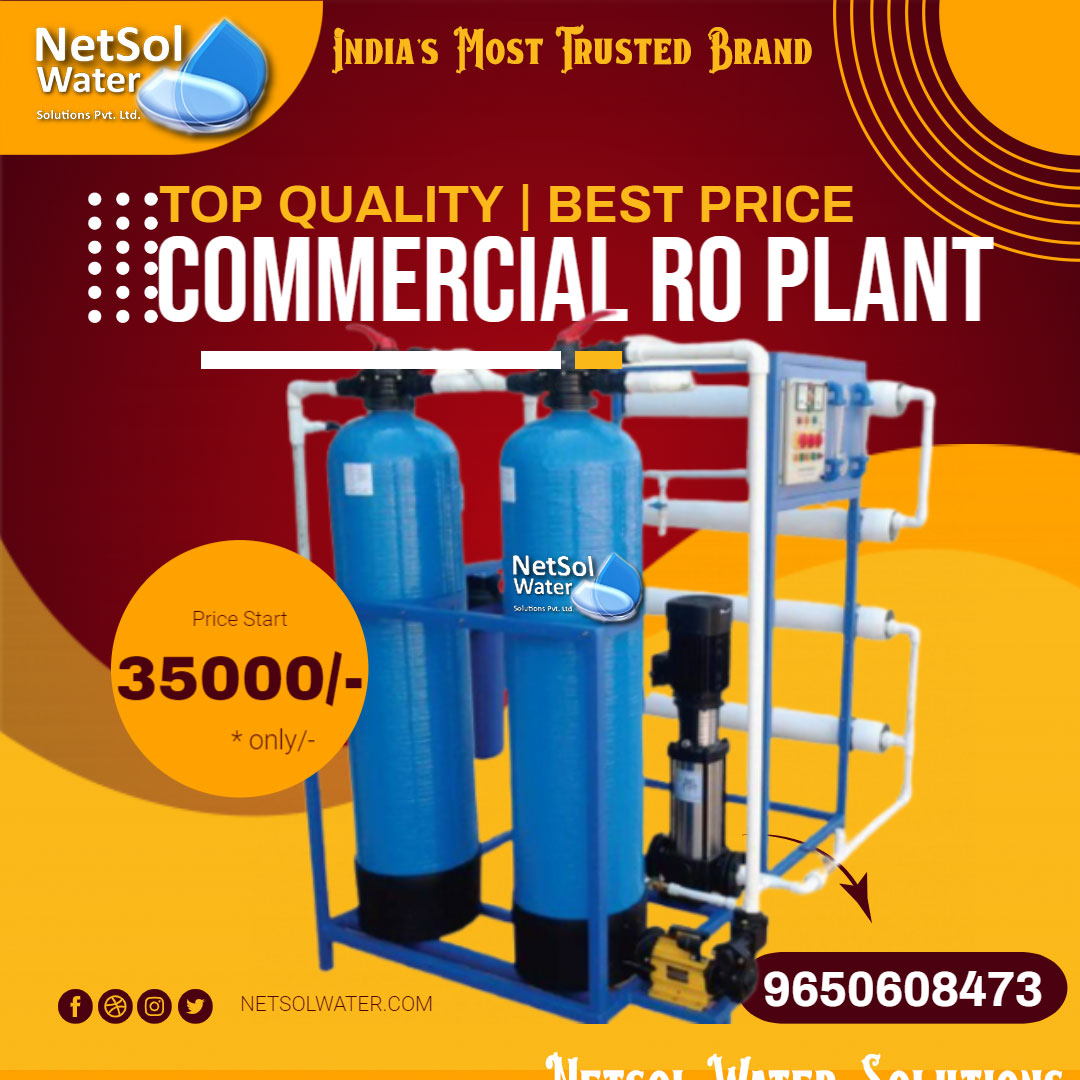Water pollution is a severe problem in India, with biological, toxic, chemical, and inorganic pollutants contaminating about 70% of its surface water resources and a growing percentage of its groundwater reserves. These sources have been rendered dangerous for human consumption as well as other uses such as irrigation and industrial demands in many situations. This demonstrates how poor water quality contributes to water shortage by limiting its availability for both human and environmental use.
The Centre's flagship Jal Jeevan Mission aims to supply safe piped water to all households by 2024, with Prime Minister Narendra Modi vowing to spend more than 3.5 lakh crore on the project in his most recent Independence Day speech.However, according to research undertaken by the Bureau of Indian Statistics for the Union Food and Consumer Affairs Ministry, even in urban areas with piped water, there is no guarantee that the water is safe to drink. While meeting quality requirements is required for bottled water manufacturers, the BIS standard is optional for public organisations that deliver and distribute piped water.There are 48 separate parameters in the BIS standard. So far, samples have been examined using 28 different parameters, excluding radioactive chemicals and free residual chlorine.
EXTENT OF WATER POLLUTION IN INDIA
The state of water quality surrounding India can be used to determine the extent of water pollution in the country. The results of CPCB's water quality monitoring, notably the indicator of oxygen-consuming compounds (biochemical oxygen demand, BOD) and the indicator of pathogenic bacteria (total coliform and faecal coliform) show that there is gradual (degradation in water quality (CPCB 2009).
STANDARDS FOR SAFE DRINKING WATER IN INDIA
The Bureau of Indian Standards (BIS) has established drinking water quality standards in India to ensure that people have access to clean drinking water. Drinking water sources must be tested on a regular basis to determine whether the water meets the mandated drinking water standards and, if not, the level of contamination/unacceptability and the necessary follow-up.Apart from the BIS specification for drinking water, the Ministry of Water Resources of the Government of India published another water quality guideline in 2005. Uniform Protocol for Water Quality Monitoring is the name given to this method. In light of the growing risk of geogenic and anthropogenic contamination, a distinct consistent approach for Drinking Water Quality Monitoring has become necessary.The Ministry of Drinking Water and Sanitation (MDWS), Government of India, formed an Expert Group to create the Uniform Drinking Water Quality Monitoring Protocol. The Drinking Water Quality Monitoring Protocol lays out certain parameters for monitoring drinking water quality in order to ensure that consumers have access to safe drinking water.
QUALIFICATIONS FOR A CONTAMINANT IN DRINKING WATER
So, what exactly constitutes a contaminant? The Three main criteria are:
1-The contaminant has the potential to affect people's health.
2-There's a good probability that contamination will reach levels that are dangerous to the public.
3-The public's health will benefit from limiting the pollution.
The first of these three requirements is the easiest to figure out. It's the latter two that have caused the troubles.
In India the situation is far worse than any other developed country, here we are not even meeting the acceptable standards of drinking water set up by the government. The standards set by the government are somewhat enough to combat the waterpollution but we are unable to reach them.One thing which is commendable is that with the increase in public awareness, water pollution is very much brought to the level down as compared to earlier times.
There is an urgent need of increasing the number of monitoring stations in India to levels found in developed nations for effective monitoring. Moreover, presently the scope of monitoring is limited to conventional compounds (such as BOD, total suspended solids, faecal coli form, and oil and grease), which needs to be expanded to non-conventional pollutants, such as ammonia, chlorine, and iron also which have hazardous health impacts. Effective regulation requires that the monitoring responsibilities should be devolved to the states and further down to local bodies.




